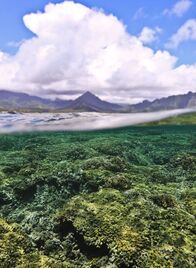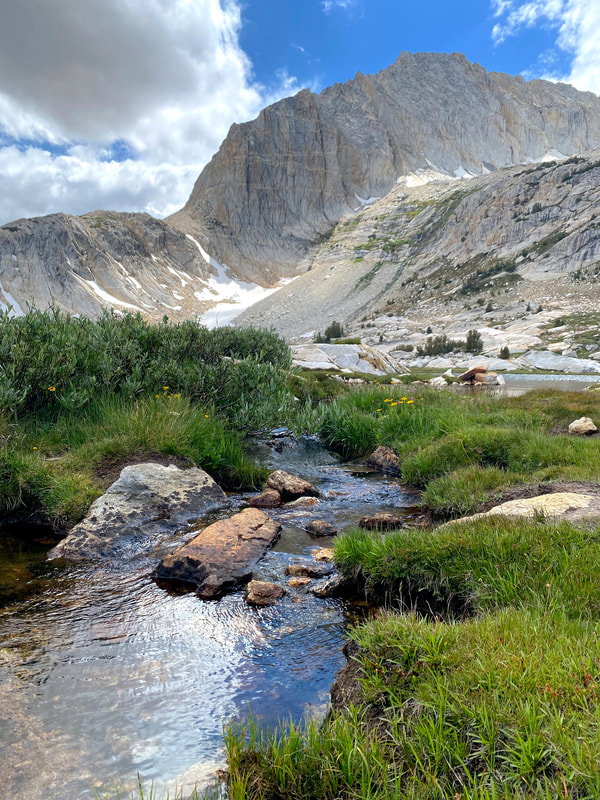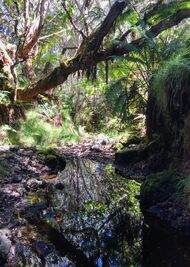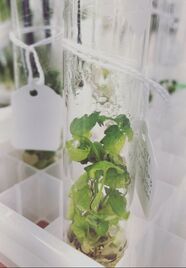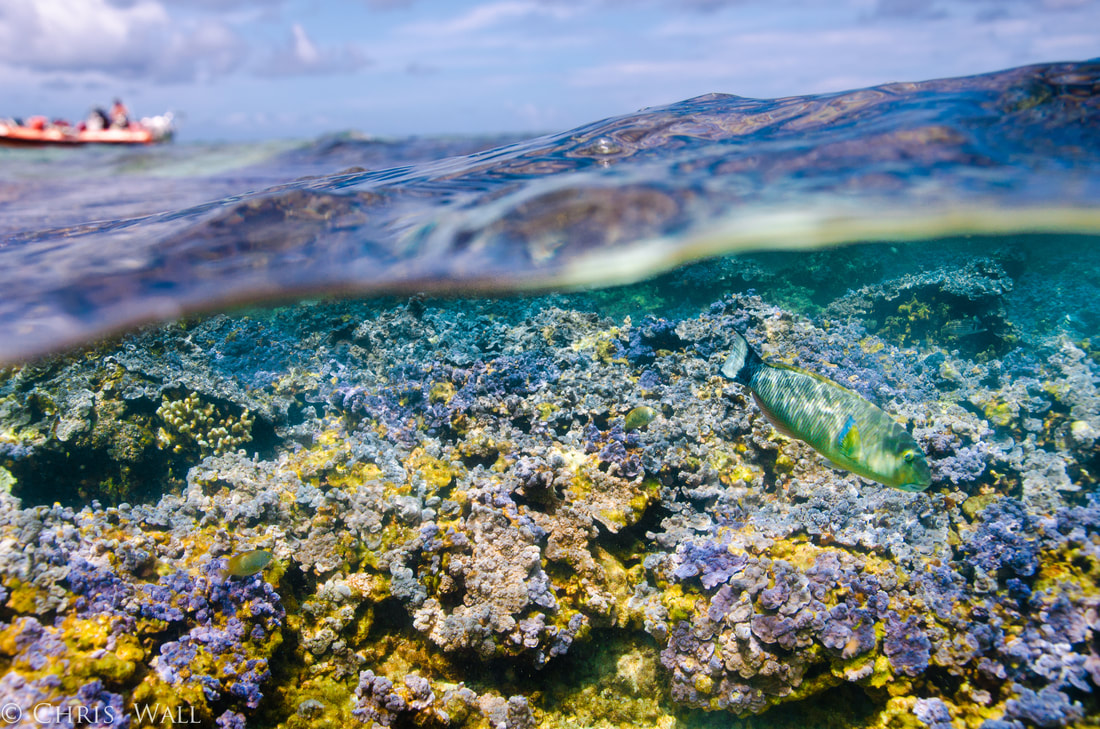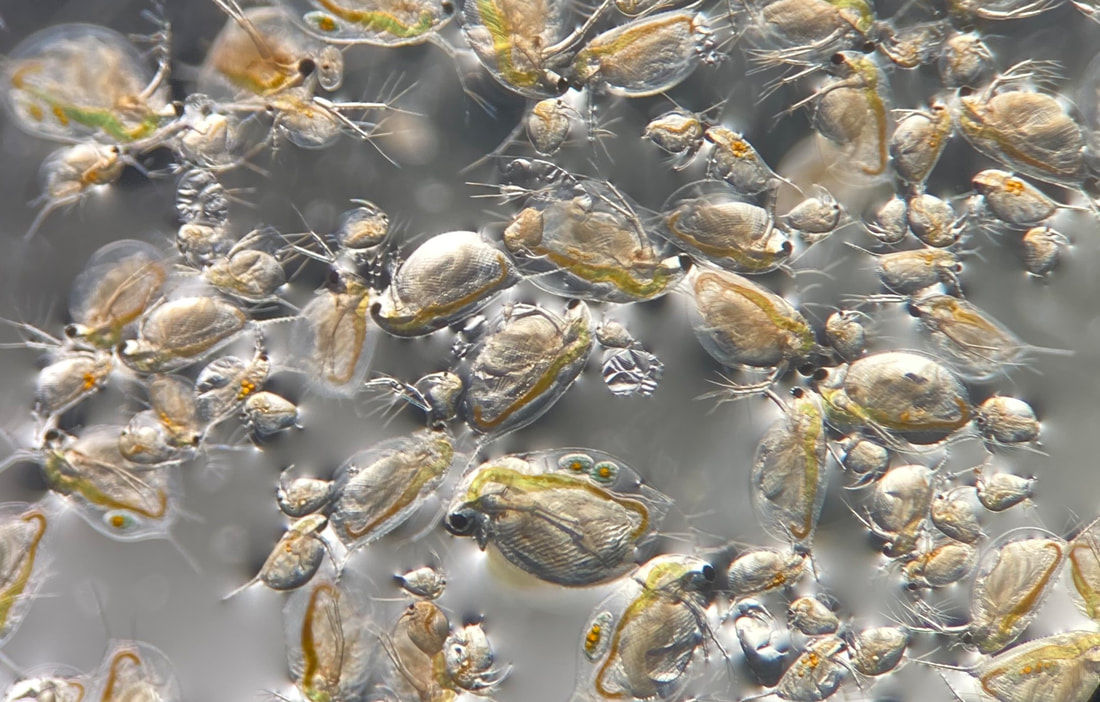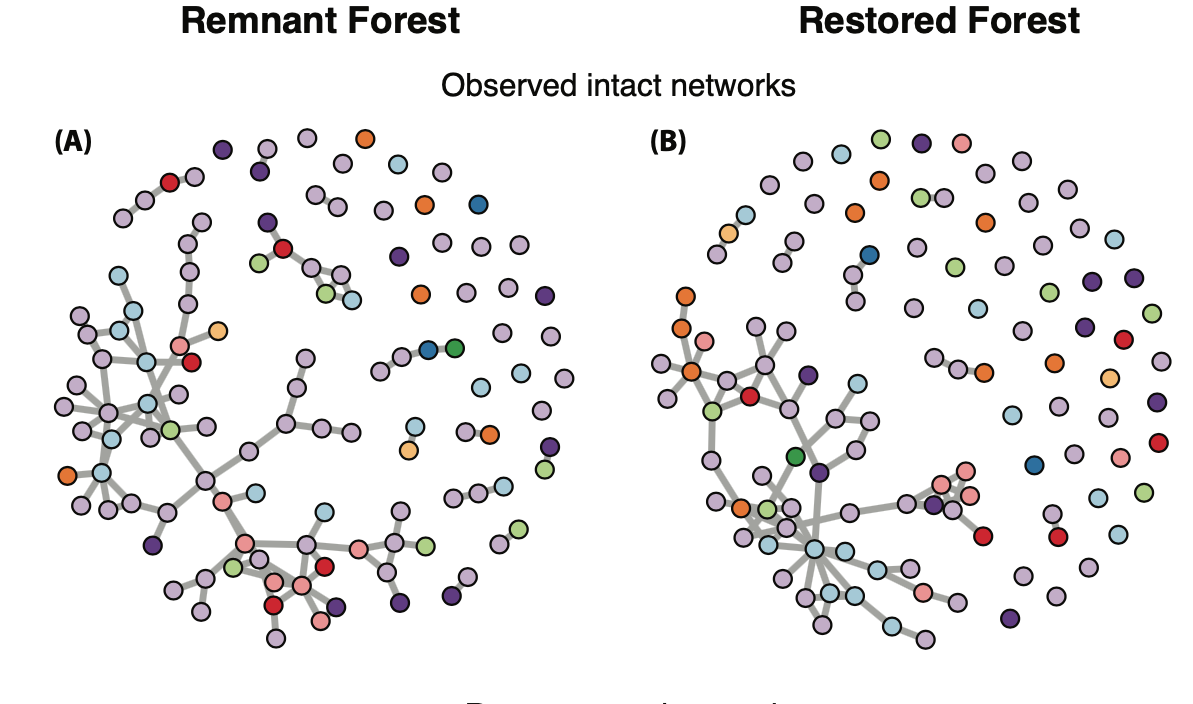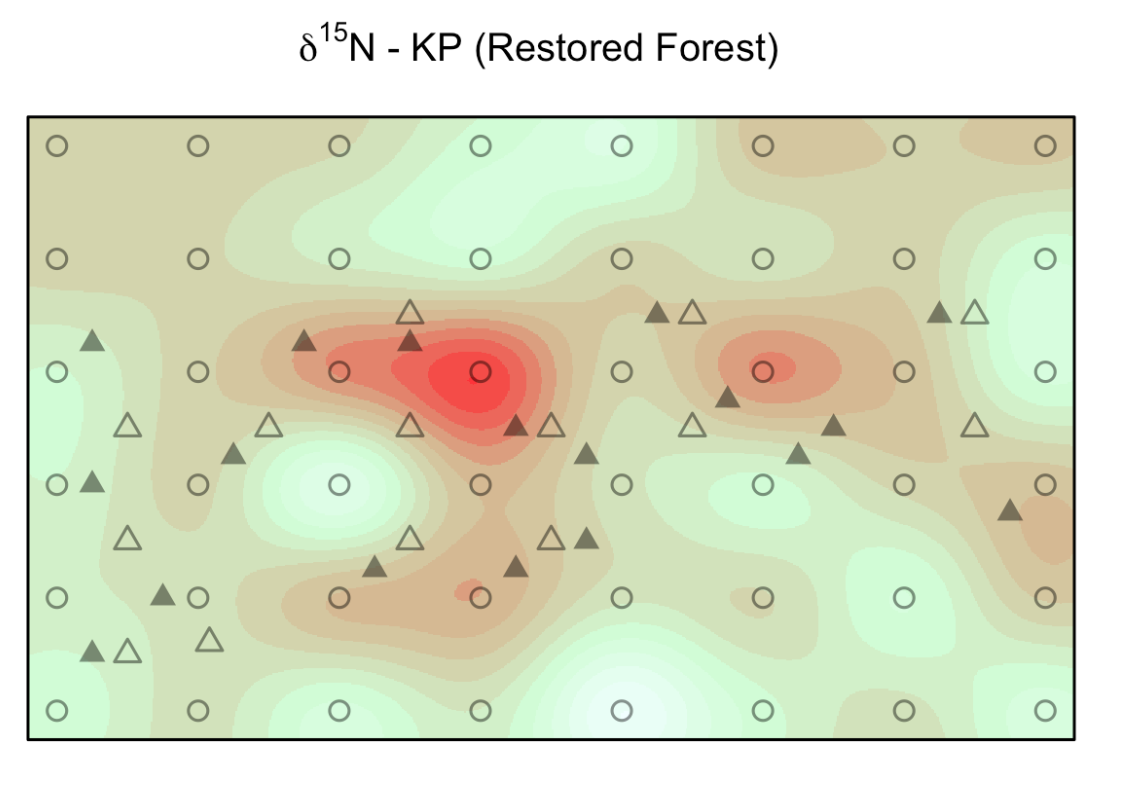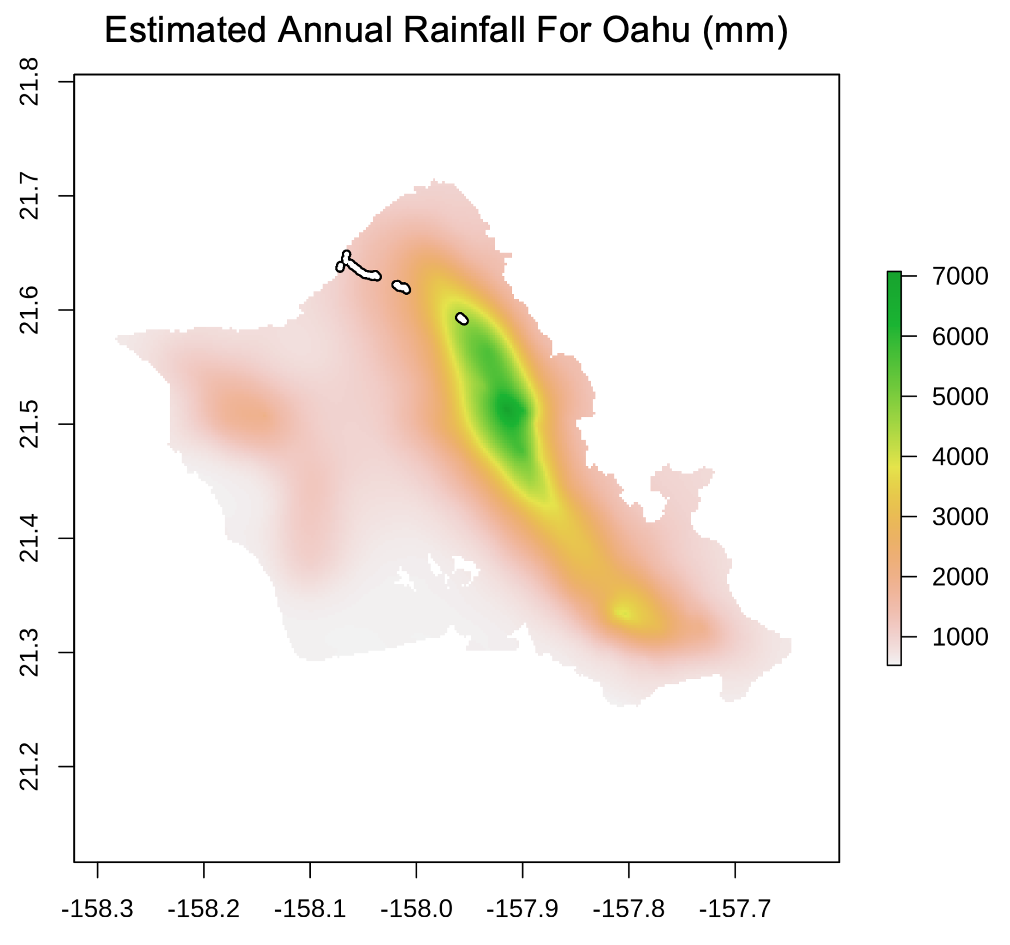Research Themes
My research is multidisciplinary and has spanned coral reefs, wetlands, montane forests, and alpine lake ecosystems
I am interested in the ecology and physiology of holobionts (hosts and associated microbes) and the environmental and biological factors that influence organism function. Symbioses, stable isotopes, and microbiomes are a central focus of my research program.
I am interested in the ecology and physiology of holobionts (hosts and associated microbes) and the environmental and biological factors that influence organism function. Symbioses, stable isotopes, and microbiomes are a central focus of my research program.
Coral Reefs: Physiological ecology and biogeochemistry
|
Coral reefs are among the most biodiverse ecosystems on earth, but reefs worldwide are threatened by local stressors (nutrient enrichments, pollution, overfishing) and climate change (ocean warming and acidification). The interaction of these stressors will transform coral reefs across the world. Understanding the factors that contribute to coral reef resilience and the mechanisms of physiological resilience in the engineers of these ecosystems (the reef corals) is paramount to the management and conservation of reefs.
A cornerstone of my research program is studying the physiological ecology of reef corals, in particular how environmental stressors and climate change effect this important marine symbioses (coral animals + Symbiodiniaceae microalgae). This research has focused on (i) the interactions of co-varying abiotic stressors on animal performance; (ii) the role of environmental histories in thermal stress resilience; and (iii) the costs/benefits of hosting different microbial communities of varying thermal sensitivity. To answer these research questions, I use natural field experiments and laboratory studies to study biomass energetics, nutritional plasticity (using stable isotopes as proxies for photosynthesis and nutrition), and symbiont community analyses using DNA sequencing. These works together emphasized the importance of interactive abiotic stressors, energy reserves in physiological resilience, and how environmental change can shift host-symbiont mutualisms towards opportunism. See my CV for pdfs from this research |
Zooplankton microbiomes and alpine lake ecology
|
Zooplankton grazers link primary productivity and the vertical flow of energy to predators in aquatic ecosystems, thereby contributing to vital ecosystem services like fisheries production and control of phytoplankton blooms. The nutritional value of resources is of central importance to the strength of trophic interactions; however, the ability of zooplankton to respond to variation in the quality of their food is poorly understood.
The role of endosymbiotic bacteria is least understood, but can dramatically affect fitness of their hosts and respond rapidly to changes in diet, affecting host life histories, population growth and food web structure. Gut microbes play central roles in many health issues; however, their significance for ecological and evolutionary processes remains mysterious. Our central objective is to ask how gut microbes alter the response of zooplankton to food quality and, in turn, shape food webs and population dynamics. As a postdoctoral fellow at UC-San Diego, my research focuses on zooplankton microbiomes and how they influence the ability for hosts to survive in food webs of varying nutritional quality (i.e., algae, terrestrial inputs, and wildfire). This work required sampling alpine lakes throughout Yosemite National Forest as a part of a decade-long time series project. In our sampling we have assessed the environmental (water-borne) and plankton-associated 18S- and 16S-amplicons. We will use this data to build interaction networks between host species and bacterial communities, leveraging a decade of data on lake productivity and food web quality. We are currently assessing how the microbiome of Daphnia sp. shifts in response to nutrient conditions (oligotrophic, eutrophic, dystrophic) and whether these treatments result in unique host-symbiont combinations that influence host performance. |
Microbial co-occurrence networks and nitrogen isoscapes
|
Microbial partnerships are rarely considered in restoration practices. In terrestrial systems research is revealing both above and below ground communities are central to restoring habitats and ecosystems. In my postdoctoral research at the University of Hawaii at Mānoa, my colleagues and I studied remnant montane forests and those plantation forests (i.e., restored forests) that were long ago afforested and turned to pastures in Hakalau Forest Wildlife National Refuge on Hawaii Island.
We first looked at the fungal microbes that form a symbiosis with terrestrial plants: the arbuscular mycorrhizal (AM) fungi. These fungi are very important, and they provide plants with important nutrients as well as provide tolerance to environmental stressors. We used DNA sequencing of fungi in soil how the soil-borne and plant-associated AM fungi differ across these two forest types and how this relates to plant hosts, soil environments, and restoration activity. We then asked how the replanting of these forests with high-density plantations of nitrogen-fixing trees (Acacia koa, native to Hawaii) were impacting nitrogen fixation and forest recovery. Using a combination of microbial community and species co-occurrence network analyses in remnant and restored habitats, we discovered habitat-specific properties of symbiotic fungal networks and different fungal keystone species (i.e., those with high connectivity). Further research is showing that restoration activity and an overabundance of nitrogen-fixing trees is leading to alternative community states and impeding recovery. See my CV for pdfs from this research |
Plant microbiomes: The new eco-type paradigm
|
How are microbes partitioned across space? What do environments that shape microbial communities offer plant hosts? Can these microbes make "stronger" plant hosts (or corals for that matter)? These questions are fundamental to microbial ecology and are at the heart of system-wide microbiome manipulation studies. My research on plant microbiomes used novel experimental approaches and an ecologically diverse interconnected watershed on O'ahu's north shore (Waimea Valley) to identify the physiological pathways through which environmental microbiomes can influence plant health and stress tolerance.
To accomplish this, I used field collections of soils, housing diverse communities of mycorrhizal fungi, and performed a laboratory inoculation experiment. I worked with the University of Hawai'i Lyon Arboretum Micro-propagation Laboratory to grow axenic strawberry host plants and inoculated them with soil microbes (bacteria and fungi) that I isolated from soils from a Hawaiian watershed. I then grew these plants in incubation chambers, and exposed them to varying water availability in the lab. This approach built on concepts of plant ecotypes by considering the role of microbiomes across habitats (estuary to mountain ridge) in host success. See my CV for pdfs from this research |
